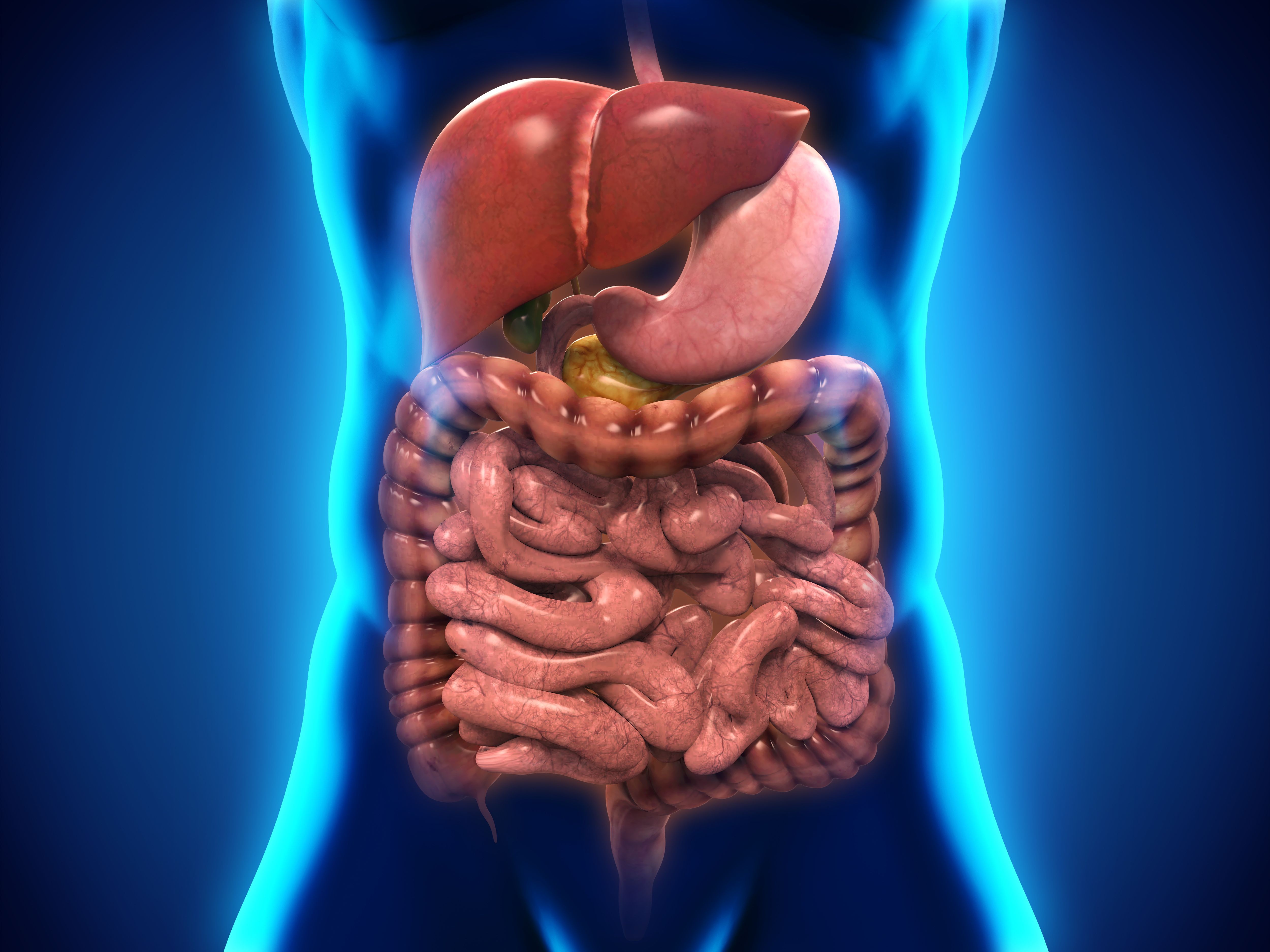Avelumab Significantly Improves PFS Vs Chemo in dMMR/MSI-H Metastatic CRC
Data from the phase 2 SAMCO-PRODIGE 54 trial may support the use of immune checkpoint inhibitors over standard second-line therapy in mismatch repair–deficient and/or microsatellite instability–high metastatic colorectal cancer.
"The findings of this randomized clinical trial show that in such patients, avelumab led to significantly longer PFS and fewer treatment-related adverse events [TRAEs] than chemotherapy and justifies the use of ICIs in such patients rather than standard second-line treatments," according to the study authors.

Treatment with avelumab (Bavencio) led to improvements in progression-free survival (PFS) and disease control compared with standard second-line chemotherapy in patients with mismatch repair deficient (dMMR) and/or microsatellite instability–high (MSI-H) metastatic colorectal cancer (CRC), according to published findings from the phase 2 SAMCO-PRODIGE 54 trial (NCT03186326).
Avelumab produced a median PFS of 4.1 months (range, 2.31-5.68) compared with 6.2 months (range, 4.11-7.29) in those receiving chemotherapy. Using the Qiu and Sheng test, investigators noted that avelumab was superior to chemotherapy in terms of PFS (P = .03). The estimated 12-month and 18-month PFS rates in the avelumab and chemotherapy groups, respectively, were 31.2% (95% CI, 20.1%-42.9%) vs 19.4% (95% CI, 10.6%-30.2%) and 27.4% (95% CI, 16.8%-39.0%) vs 9.1% (95% CI, 3.2%-18.8%). After 36 months of follow-up, the restricted mean survival time for PFS was 12.3 months (95% CI, 8.7-15.8) in the avelumab cohort vs 8.1 months (95% CI, 6.2-10.0) in the chemotherapy cohort (P = .04).
Investigators reported an overall response rate (ORR) of 29.5% in patients treated with avelumab, which included a complete response (CR) rate of 6.6% and a partial response (PR) rate of 23.0%. The ORR in the chemotherapy group was 26.2%, which included CRs in 4.9% and PRs in 21.3%. The disease control rate in patients treated with avelumab and chemotherapy, respectively, were 70.5% vs 77.0%.
Patients in the avelumab group experienced a median overall survival (OS) of 25.8 months (95% CI, 14.1-not reported [NR]), vs 23.4 months (95% CI, 13.0-NR) in the chemotherapy group (HR, 0.94; 95% CI, 0.57-1.53; P = .79). Additionally, 50.8% of patients in the chemotherapy group received subsequent treatment with an immune checkpoint inhibitor, which commonly included nivolumab (Opdivo; n = 13), pembrolizumab (Keytruda; n = 10), dostarlimab (Jemperli; n = 6), and durvalumab (Imfinzi; n = 2).
“Although pembrolizumab is generally used as a first-line treatment, it still happens that patients are not tested for MMR immunohistochemistry [IHC] or MSI status up front and are thus treated with standard first-line chemotherapy regimens with or without targeted agents and are referred to expert centers after a first-line treatment not containing an ICI,” the study authors wrote. “The findings of this randomized clinical trial show that in such patients, avelumab led to significantly longer PFS and fewer treatment-related adverse events [TRAEs] than chemotherapy and justifies the use of ICIs in such patients rather than standard second-line treatments.”
In the open-label SAMCO-PRODIGE 54 study, patients were randomly assigned 1:1 to receive 10 mg/kg of avelumab intravenously every 2 weeks or investigator’s choice of second-line chemotherapy with or without a targeted agent based on frontline treatment regimen and RAS/BRAF mutation status. Choices of chemotherapy included but were not limited to leucovorin calcium (folinic acid) plus fluorouracil and oxaliplatin (modified FOLFOX-6); modified FOLFOX-6 plus bevacizumab (Avastin); and modified FOLFOX-6 plus cetuximab (Erbitux).
The primary end point was PFS based on RECIST v1.1 criteria. Secondary end points included OS, ORR, time to best response, and safety.
Patients 18 years and older with unresectable dMMR/MSI-H stage IV CRC with measurable disease per RECIST v1.1 guidelines were able to enroll on the study. Additional eligibility criteria included having a World Health Organization (WHO) performance status of 0 or 1 and adequate organ function.
The modified intent-to-treat population included 122 patients, with 61 patients each being randomly assigned to each treatment group. Most patients were women (53.3%). Additionally, the median age was 66 years (interquartile range, 56-76). Investigators highlighted that baseline characteristics were comparable between the avelumab and chemotherapy groups.
TRAEs affected 88.9% of patients treated with avelumab and 98.4% of those receiving chemotherapy (P = .05). Common grade 3/4 TRAEs in the avelumab and chemotherapy groups, respectively, included diarrhea (4.8% vs 7.8%), abnormal liver test results (7.9% vs 1.6%), and neurotoxicity (1.6% vs 3.1%).
Immune-mediated AEs occurred in 12.7% of patients, and infusion reactions affected 4.8% in the avelumab group. These toxicities included grade 1/2 hypothyroidism in 6 patients, grade 1/2 hyperthyroidism in 5, grade 3 colitis in 1, grade 2 infusion-related reactions in 2, and a grade 3 infusion-related reaction in 1.
Reference
Taïeb J, Bouche O, André T, et al. Avelumab vs standard second-line chemotherapy in patients with metastatic colorectal cancer and microsatellite instability: a randomized clinical trial. JAMA Oncol. Published online August 3, 2023. doi:10.1001/jamaoncol.2023.2761